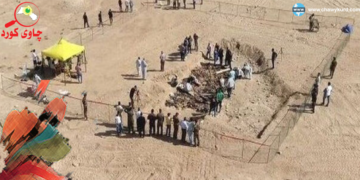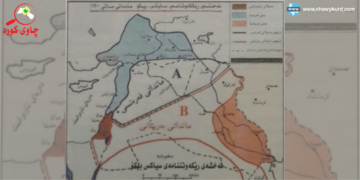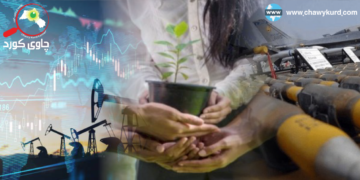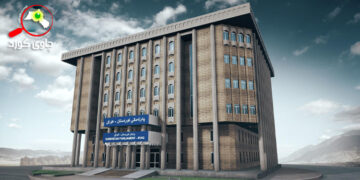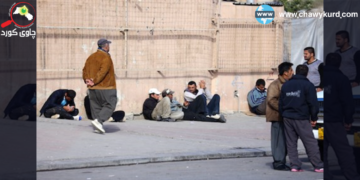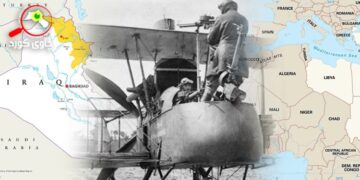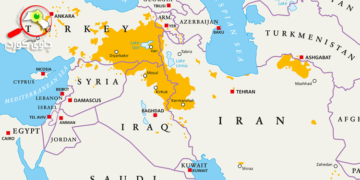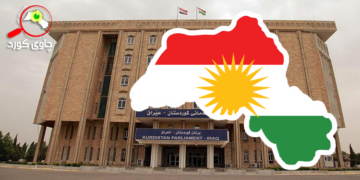“The key to overwhelming crises and the path to sustainable development”
One of the most researched and discussed issues in the 21st century are the issue of national resistance, which plays an important role in policy making and improving the quality of governance in countries. Since in today’s fast-paced and unpredictable world, countries face complex and multidimensional crises and challenges such as economic crises, natural disasters, health epidemics and security threats, national resistance is considered a strategic necessity for the survival, stability and progress of any country. National resistance refers to the strength and ability of a nation and country to anticipate, adapt and take effective measures against unwanted circumstances, crises, disasters and internal and external pressures, so as to preserve its essential components and important tasks Kobiri is focused on strengthening communities, economies and governance structures to face uncertain and unknown events. A resilient society, then, is one that survives temporary and permanent dangers with minimal damage and adapts quickly to changing circumstances without losing its stability and effectiveness.
The importance of national resistance can be summarized in several main areas:
- Ensuring security and stability: A resilient country is more resistant to security, economic and social threats and is better able to maintain its internal stability and security.
- Protecting public welfare: Being able to provide important services (such as health, energy and water) in crisis situations, which are directly related to the lives and welfare of citizens.
- Economic stability: An economy that can absorb financial shocks and recover quickly and provide the foundation for sustainable and long-term growth.
- Increased international trust: Countries with greater stability and predictability are considered more reliable partners and allies in the global arena.
“Key Components of National Resistance”
First, economic resilience is the ability of the economic system to withstand financial crises and recover quickly, through economic diversification and reduced dependence on one or more limited sources of income such as oil.
Second; Social Resilience: This dimension of national resilience is related to social cohesion and solidarity among different sections of society.
Third; Infrastructure resilience: The existence of resilient, reliable and modern infrastructure, which is considered the country’s arteries, such as energy security through sustainable and diversified energy sources, secure and efficient transportation and communication networks, water resource management through drought and flood resistant systems Cyber, which is intended to protect digital infrastructure against cyber-attacks.
Fourth; Governance and political resilience: Refers to a country’s ability to maintain political stability and crisis management or the ability of government institutions to make effective decisions, implement laws, and provide public services in a transparent and accountable manner.
Consequently, national resilience is an investment in the country’s future, both a shield against today’s uncertain world and a smart investment for a better tomorrow. Countries that plan today to strengthen their economic, social, infrastructure and governance dimensions will not only be better able to ward off crises, but also transform the opportunities hidden in challenges and crises into degrees of recovery and sustainable development. This path is a shared responsibility of politicians, the elite, the private sector and individual citizens.



























